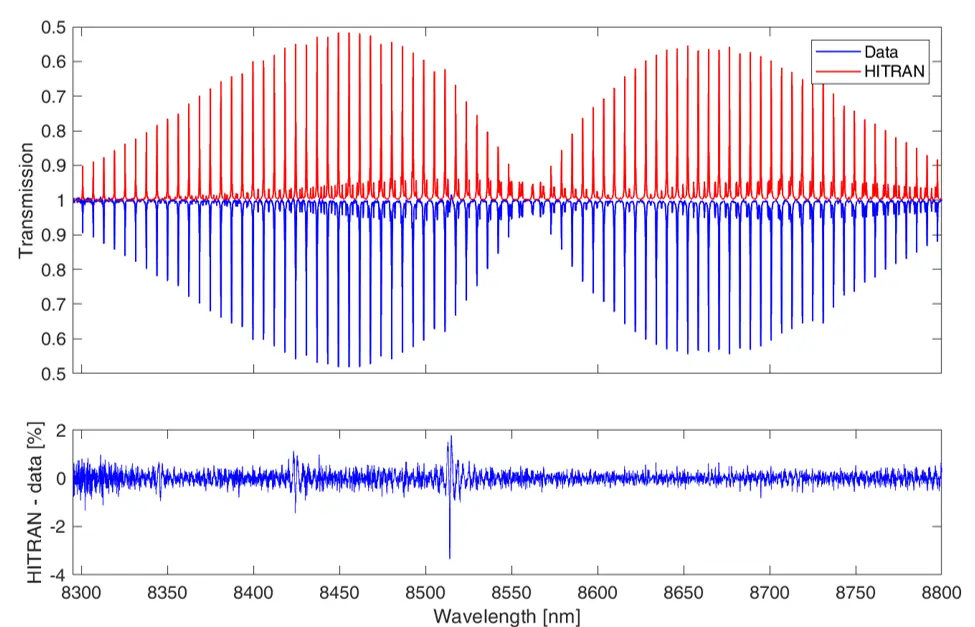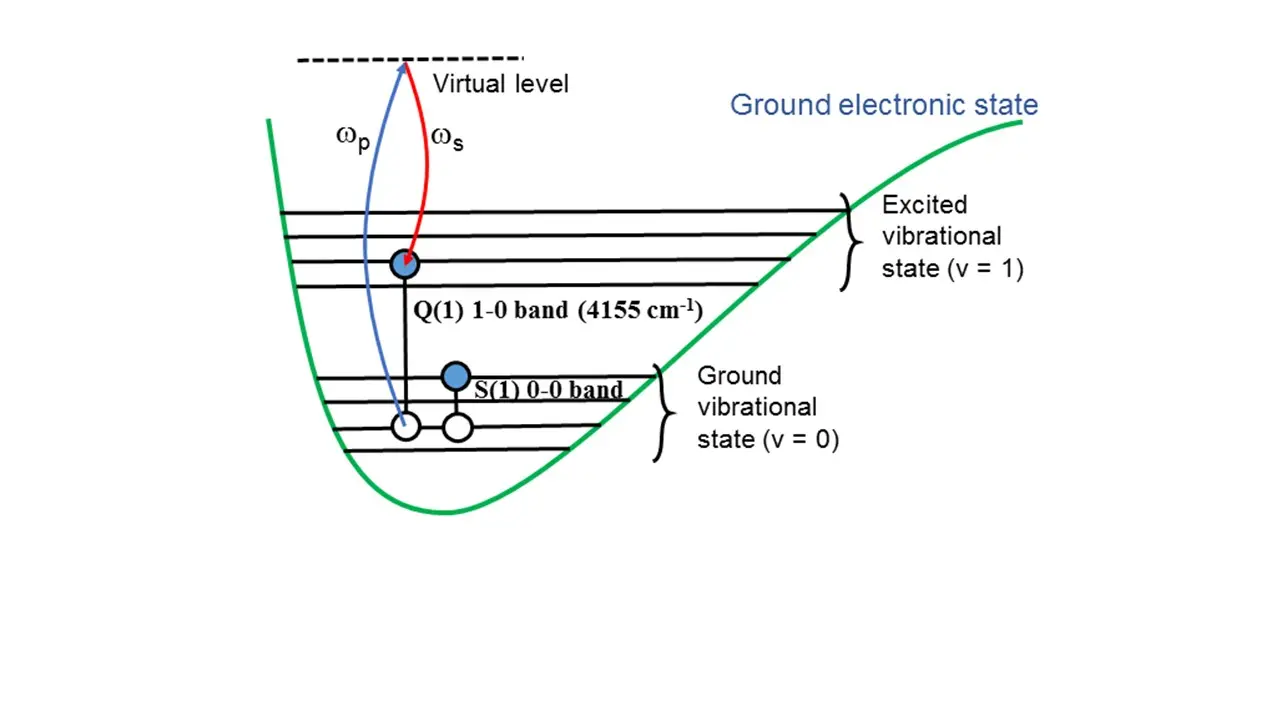Optical frequency combs for trace gas sensing and optical metrology
Optical frequency combs for trace gas sensing and optical metrology

Premise: the following thesis titles and corresponding activities are connected to the research activity of the COSMOS laboratory. Four titles and related activities are available, evenly distributed among trace gas sensing and optical metrology ,
Fiber-format near-IR electro-optic dual-comb spectrometer
This thesis activity is devoted to the development and validation of a compact fiber-based dual-comb spectrometer operating at telecom wavelengths, around 1.55 μm. Two fully-fibered optical layouts will be developed and compared with each other, one featuring a single-path scheme based on a single-sideband electro-optic modulator for maximized phase coherence between the two combs, and a second using a more conventional double-path scheme based on two electro-optic modulators and an acousto-optic modulator to enhance the spectral bandwidth of the combs. For both layouts we are going to use a two-channel arbitrary-waveform-generator with a 20 GHz analog bandwidth for the synthesis of ultra-flat combs with an agile setting of the optical line spacing. Upon optimization of the microwave seeding of the modulators and of the detection/acquisition chain the two layouts will be tested and comparatively analyzed using gases such as acetylene as a testbed.
Electro-Optic Dual-Comb Spectrometer in the Fingerprint Region
This thesis project focuses on the development of a spectrometer for the detection of molecular species in the gas phase, operating in the mid-infrared fingerprint region. The spectrometer will be realized by shifting an electro-optic dual-comb source originally centered at 1.55 μm to longer wavelengths through difference-frequency generation (DFG). Mid-infrared tunability will be achieved by using the widely tunable outputs of a continuous-wave optical parametric oscillator (OPO) as the signal input for the DFG process, covering the spectral ranges 1.8–2.07 μm and 2.2–3.2 μm. With the aid of a carefully engineered nonlinear crystal, the resulting source will be capable of seamlessly spanning the entire 3–12 μm fingerprint region, thereby maximizing the chemical sensitivity and selectivity of the spectrometer for any target molecule or application. The project involves the experimental construction and characterization of the DFG source, as well as the development of a remote-control system to automatically set the OPO wavelengths and position the nonlinear crystal, enabling user-defined tuning of the dual-comb output across the mid-infrared spectrum.
Experiments vs ab-initio theory for the H2 rovibrational transition energies
The thesis focuses on the ultra-accurate experimental determination of the energies of several Q- and S-branch transitions of the fundamental rovibrational band of H2, which fall in the 4000-4600 cm-1 range. The molecular excitation is obtained in a Coherent Raman approach by means of two cw laser fields, the so-called pump and Stokes fields (wp and ws in the figure, respectively), whose frequency difference is made to match the vibrational frequency of the transition. For the measurements to be accurate, the frequencies of both lasers are calibrated against an atomic clock through interposition of an optical frequency comb (Nobel prize invention for Physics in 2005), which can be thought as an absolute ruler for optical frequencies. As measurements are performed at several pressures under the perturbation of collisions, multiple-fitting procedures are applied to the Coherent Raman spectra to extrapolate transition energies at zero-pressure and compare them with ab-initio calculations of the molecule at rest.
Frequency metrology of purely rotational lines through Coherent Raman comb-assisted spectroscopy
Using the same experimental approach described above for the fundamental rovibrational band of molecular hydrogen, also purely rotational lines may be addressed. The Coherent Raman approach offers indeed the unique chance to populate rotational channels using near-infrared lasers instead of the far-infrared sources needed by conventional absorption spectroscopy. The calibration of pump and Stokes laser frequencies against an optical frequency comb adds the chance of performing unprecedented experiments of precision rotational spectroscopy with an absolute frequency axis. This approach will be applied to diatomic molecules such H2, D2 and N2 as well as to molecules such as CO2 and C6H6 whose symmetry prevents any electric-dipole allowed absorption transition.
Formative aspects of the theses
Besides an insight into several physics subjects, namely molecular spectroscopy, Coherent Raman spectroscopy, collisional physics and optical metrology with frequency combs, the thesis activity gives the chance of an intensive training over a large number of experimental areas: i) alignment of complex optical setups, ii) data acquisition and processing with FPGA boards; iii) PID (proportional integrative derivative) control loops, which are used for active stabilization of the comb repetition rate, of the laser intensity, of the pump laser frequency, of the cell pressure and temperature; iv) Gaussian beam profiling and optical fiber coupling, handling, splicing; v) modulation-transfer detection; vi) Labview programming for remote control of instruments and acquisition; vii) calculations and fitting of experimental data in a Matlab environment; vii) gas handling; viii) use of oscilloscopes, radiofrequency synthesizers, electrical spectrum analyzers, frequency counters, lock-in amplifiers.
